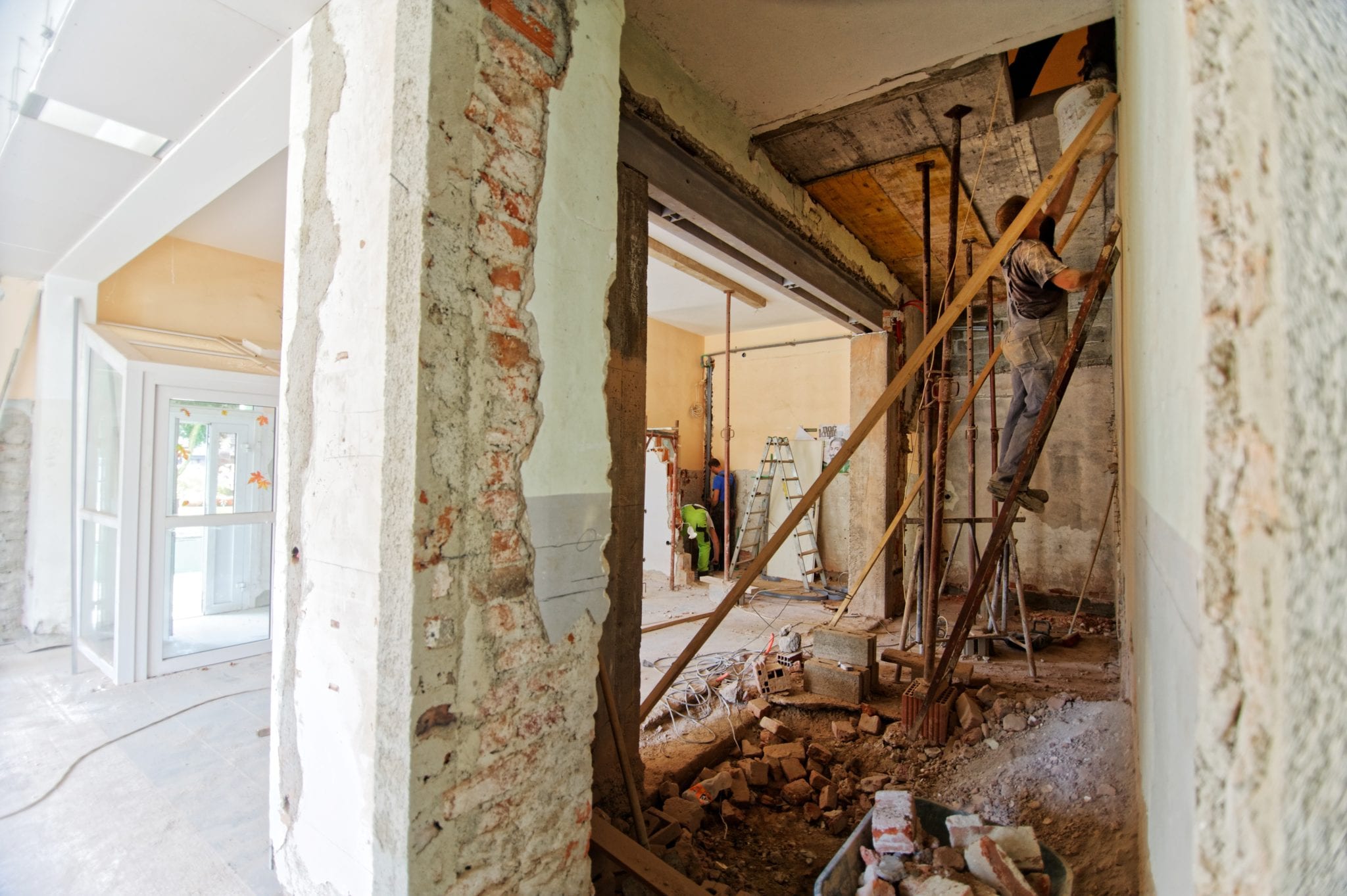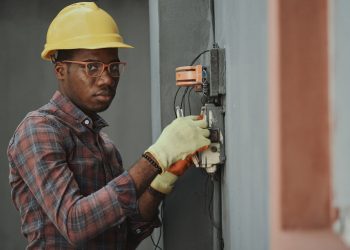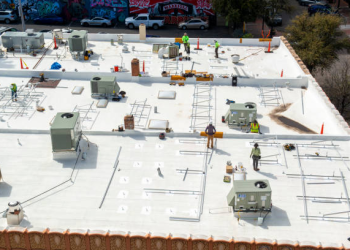Table of Contents
For so many years, asbestos was used in the construction of homes and buildings across the US, and many other parts of the world. It was used in power plants and ships, throughout all kinds of industries and even the military too, highly prized for its insulating properties and dependability.
It was only in the 1970s that the full dangers of asbestos exposure started to be revealed. We now know that asbestos is exceptionally dangerous. Asbestos exposure can increase the risk of many diseases, such as mesothelioma and asbestosis, cutting lives short and leading to all kinds of troublesome symptoms.
Since the truth about asbestos has been discovered, new rules and regulations have been introduced to drastically limit the substance’s use, making the world a safer place. However, there are still many homes and buildings out there that contain asbestos within their walls.

Asbestos in the Home
Many homes built before the 1980s may contain asbestos, which can be hidden away in walls, floors, ceilings, and up in the roof or attic as well. At a time when more and more people are taking an active interest in DIY and home renovations, it’s really important for everyone to be aware of the risks associated with asbestos in order to deal with it the right way. Let’s take a look at some common questions and answers on the subject:
Is all asbestos dangerous?
Since asbestos is so heavily associated with health risks, many people worry that even the slightest bit of asbestos in their homes may pose a fatal threat. In reality, this isn’t quite true. On its own, when left undisturbed and sealed away, the risks of inhaling asbestos fibers or suffering from side effects of asbestos exposure are actually very minimal.
Many people have lived and worked in environments that contain asbestos without suffering at all. However, when asbestos is disturbed, then it can become very dangerous. This can happen when you take on repairs, renovations, or demolish parts of all of a home. When disturbed, asbestos fibers float up into the air, creating a kind of toxic dust that can do serious damage to the lungs.
Where can I find asbestos?
There are many different locations around a typical home or building where asbestos may be found. As stated above, newer homes and buildings don’t have much or any asbestos whatsoever, so there’s less need to worry if you live in a home built after 1980. However, in older properties, asbestos may be found in ceilings, floor tiles, textured paints, cement, roof shingles, and around pipes.
How can I be exposed?
You might be exposed to asbestos in your home through various DIY projects and renovations. Even something simple like drilling through a piece of drywall could disturb some asbestos and lead to serious consequences. Getting rid of popcorn ceilings or removing old floor tiles are also common ways in which a homeowner might find themselves dealing with asbestos exposure.
What should I do about it?
If you suspect that there is some asbestos in your home, it’s generally best to avoid interacting with it in any way. You can then contact the professionals to come in, collect samples, and carry out the necessary tests, as well as preparing for removal. Not all asbestos needs to be removed, but if it’s at risk of being disturbed, then it probably needs to go.
The Dos and Don’ts If You Suspect Asbestos
If you suspect the presence of asbestos in your home, here are some key safety pointers to bear in mind in order to keep yourself and other members of the household as safe as possible.
- Do: Stay Away – Try to avoid any and all contact with materials that you believe may contain asbestos.
- Don’t: Tackle The Problem Yourself – Even if you’re a big DIY enthusiast, it can be very dangerous to try and take on asbestos on your own. This kind of work needs to be handled by a professional.
- Do: Contact The Pros – Following on from the point above, if you find asbestos or suspect asbestos in your home, get in touch with the pros to have it checked.
- Don’t: Saw, Sand, Drill, Or Interfere In Any Way – Asbestos on its own isn’t actually that dangerous, but when disturbed, the fibers get released into the air. Sawing, sanding, drilling, and other activities can all cause this to happen.
- Do: Speak With Authorities – If you’re planning a demolition or major home renovation, speak to the appropriate agencies in your local government, carry out a home inspection, and perform all necessary checks before commencing the work.
- Don’t: Collect Samples Without Knowing What You’re Doing – It Is possible to buy DIY asbestos testing kits, in which you gather a sample of the material in your home and send it off to a lab, but these kits can be quite risky to use if you aren’t trained.
Should I Get Tested?
If you’re worried that you may have been exposed to asbestos for a significant period of time, you may want to consider getting tested by your primary care physician. There aren’t actually any tests to determine whether or not you’ve been exposed, but doctors can carry out tests to identify possible asbestos-related illnesses.
If you notice any strange symptoms, such as a persistent cough, chest tightness, chest soreness, coughing up blood, difficulty breathing, or other problems associated with your respiratory system, visit a doctor without delay. A lot of people suffer with conditions like mesothelioma and asbestosis for years without getting diagnosed, so it’s better to act sooner, rather than later.
Conclusion
Overall, the dangers of asbestos are clear to see, which is why it’s always so important to treat this substance with care and respect. It can do a lot of damage if disturbed or handled by someone without proper training and expertise, so if you suspect asbestos in your home or are planning any kind of renovation work, get it checked out beforehand and take the necessary precautions.







